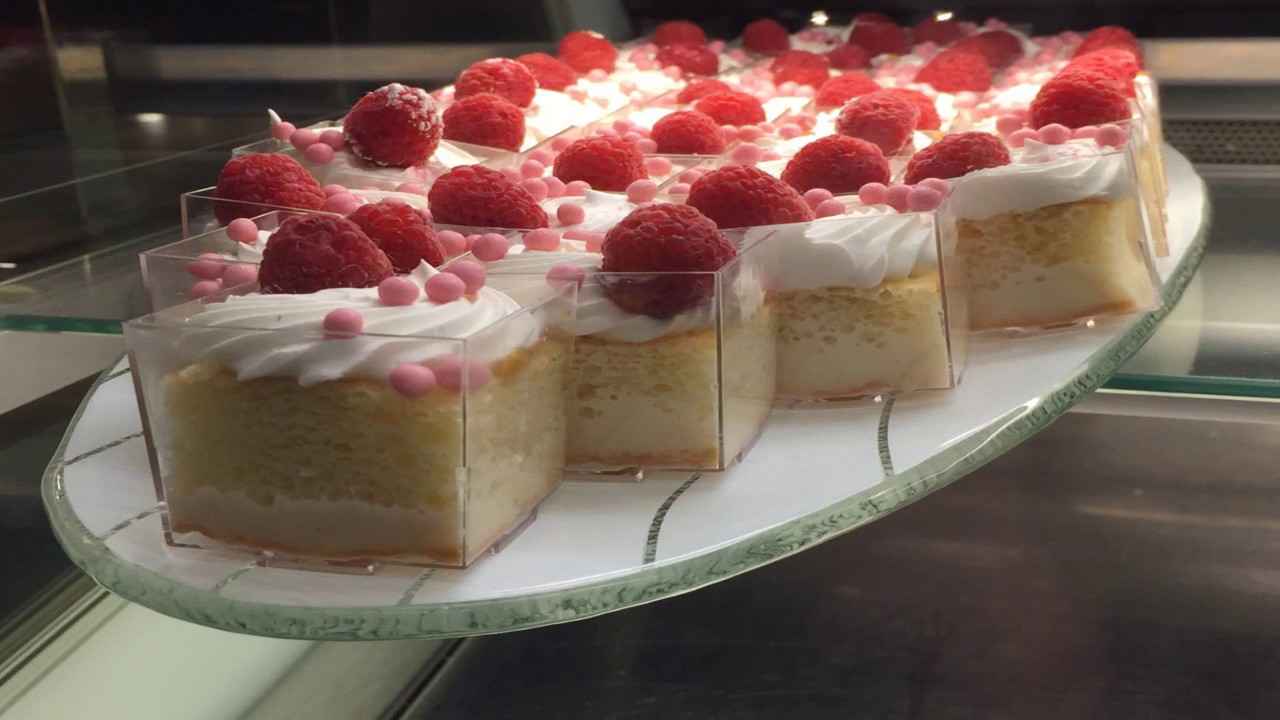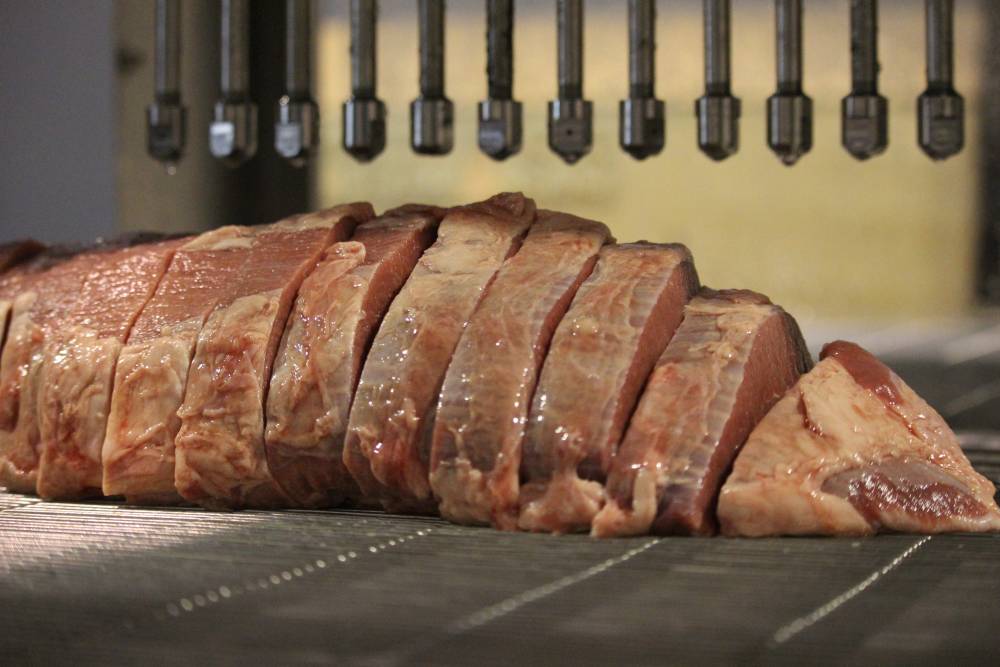Waterjet cutting is a good method for cutting a wide variety of materials, including metals, plastics, rubber, and composites. It is a versatile cutting technology that uses HP water mixed with an abrasive material to cut through materials quickly and accurately. but, there are certain materials that can not be cut with water jet cutting. In this answer, we will explore what materials should not be cut with water jet cutting and why.
1. Tempered Glass. Tempered glass is a type of glass that is widely used in applications where safety is a concern, such as glass doors, shower doors, and automobile windows. also used in high-temperature applications, such as oven doors and fireplace screens. However, tempered glass should not be cut with water jet cutting because of its tendency to shatter. When tempered glass is cut, it releases energy, which can cause it to break into small, sharp pieces. This can be harm for the operator and can damage the water jet cutting equipment.
2. Laminated Glass.Laminated glass is a type of safety glass that is widely used in automobile windshields and architectural applications. It is normally made by two or more layers of glass together with a layer of plastic or resin. Laminated glass should not be cut with water jet cutting because the water can penetrate the layers of glass and weaken the bond between them. This can cause the laminated glass to delaminate, which can be dangerous and can damage the water jetcutting equipment.
3, Stone. While water jet cutting is often used for cutting stone, there are some types of stone that should not be cut with this method. For example, some types of natural stone, such as granite and marble, can be prone to chipping or cracking when cut with water jet cutting. This is because the water can cause microfractures in the stone, which can weaken its structure. Additionally, some types of stone may contain minerals that can react with the water or abrasive material used in water jet cutting, causing discoloration or other damage.
4 .Some Metals. While water jet cutting can be used for cutting a wide range of metals, there are some metals that should not be cut with this method. For example, reactive metals such as aluminum, copper, and brass can react with the water and abrasive material, causing discoloration or other damage. Similarly, metals that are highly reflective, such as stainless steel, can reflect the water jet stream back onto the cutting head, causing damage to the equipment.
5 .Certain Plastics. While water jet cutting can be used for cutting many types of plastics, there are some plastics that should not be cut with this method. For example, some types of thermosetting plastics, such as phenolics and melamines, can be prone to chipping or cracking when cut with water jet cutting.
Additionally, some types of plastics may soften or melt when exposed to the heat generated by the water jet cutting process, which can cause the material to deform or fuse together.
1. Explosives and Flammable Materials. It should go without saying that explosives and flammable materials should not be cut with water jet cutting. The high-pressure water jet can create sparks, which could ignite flammable materials or cause explosions. Additionally, the abrasive material used in water jet cutting can create a dust cloud, which could ignite if it comes into contact with a spark.
2. Live Electrical Wires. Live electrical wires should never be cut with water jet cutting. The high-pressure water jet can conduct electricity, which could result in electrocution for the operator. Additionally, cutting into live electrical wires could cause a short circuit or other electrical problems.
3. Biological Material. Biological materials, such as human tissue or animal carcasses, should never be cut with water jet cutting. This is not only for ethical matter but also for health and safety reasons. The water jet can create aerosols or splatters, which could spread biological material and potentially transmit diseases.
In conclusion, waterjet cutting is a versatile cutting technology that can be used for cutting a wide range of materials. However, there are certain materials that should not be cut with water jet cutting, including tempered and laminated glass, certain types of stone, reactive metals, certain plastics, explosives and flammable materials, live electrical wires, and biological materials. It is important to consult with a water jet cutting expert before attempting to cut any material to ensure that it is safe and appropriate for water jet cutting. By following proper safety protocols and guidelines, water jet cutting can be a safe and effective method for cutting a variety of materials.
But waterjet cutting is also widely used, such as food
Cake : Waterjet cutting technology has been used in many industries for a range of applications, from cutting metal to carving stone. However, one industry that may surprise you is the food industry, where waterjet cutting has proven to be a valuable tool for cutting cakes. Water jet cutting is a process that uses a HP stream of water to cut through a variety of materials, including food products like cake. The water is typically mixed with an abrasive material such as garnet, which helps to increase the cutting power of the jet and create a smooth, precise cut. So why use waterjet cutting to cut cake? There are several advantages why this technology has become popular in the cake industry:
1. Precision: Waterjet cutting allows for precise and accurate cuts, which is essential when creating intricate designs and shapes on cakes. With water jet cutting, cake designers can create complex patterns and shapes that would be difficult or impossible to achieve with old cutting methods.
2. Speed: Waterjet cutting is a fast process that can cut through cake quickly and efficiently, which is important in a busy cake production environment. This can help to reduce production times and increase productivity, allowing cake makers to create more cakes in less time.
3. Versatility: Waterjet cutting can be used to cut a wide range of cake types, from delicate sponge cakes to dense fruitcakes. It can also be used to cut many of shapes and sizes, making it a versatile tool for cake design.
4, Cleanliness: Waterjet cutting is a clean process that produces minimal waste and does not generate dust or debris. This is matter in the food industry, where cleanliness and hygiene are essential.
5. Consistency: Waterjet cutting can produce consistent and uniform cuts, which is important for creating cakes that look and taste the same every time. This is especially important for commercial cake makers who need to produce large quantities of cakes that are consistent in appearance and quality.
6. In addition to these benefits, water jet cutting can also be used to help custom designs and shapes that are unique to each cake. This can be a valuable tool for cake makers who want to create one-of-a-kind cakes that stand out from the crowd.

Not only for cake but also cutting meat.Waterjet cutting is a highly precise and efficient cutting method that has been used in many industries, including the food industry. In recent years, waterjet cutting has become more popular for cutting meat products due to its many advantages over traditional cutting methods. Here are some of the advantages of water jet cutting meat:
1, Precision: Waterjet cutting offers extremely precise cuts, which is important in the meat industry where accuracy is essential. With waterjet cutting, meat can be cut into precise shapes and sizes with minimal waste, helping to improve yield and reduce costs.
2, Versatility: Water jet cutting can be used to cut many meat products, from raw meat to cooked ham.
3, Reduced Waste: Waterjet cutting generates minimal waste compared to traditional cutting methods. This is because the waterjet cutting process is so precise that it can cut the meat into the exact shape and size required, resulting in less waste material.
4, Improved Food Safety: Waterjet cutting is a hygienic and safe cutting method that reduces the risk of cross-contamination between different meat products. This is because the waterjet cutting process uses only water and abrasive material, which do not introduce any contaminants into the meat. 5, Improved Quality: Waterjet cutting can help improve the quality of meat products by reducing the amount of mechanical stress that the meat undergoes during cutting. This can help to keep the natural texture and flavor of the meat, resulting in a better-tasting product.
5, Increased Productivity: Waterjet cutting is a fast cutting method that can significantly increase productivity in the meat processing industry. With waterjet cutting, meat can be cut quickly and efficiently, allowing for faster production times and increased output.
6 Reduced Labor Costs: Waterjet cutting is an automated cutting process that requires minimal human intervention. This can help to lower labor costs and improve efficiency in the meat processing industry.
Overall, waterjet cutting have many advantages over traditional cutting methods when it comes to cutting meat products. From precision and versatility to reduced waste and increased productivity, waterjet cutting is a valuable tool for the meat processing industry.

 wwaterjet
wwaterjet